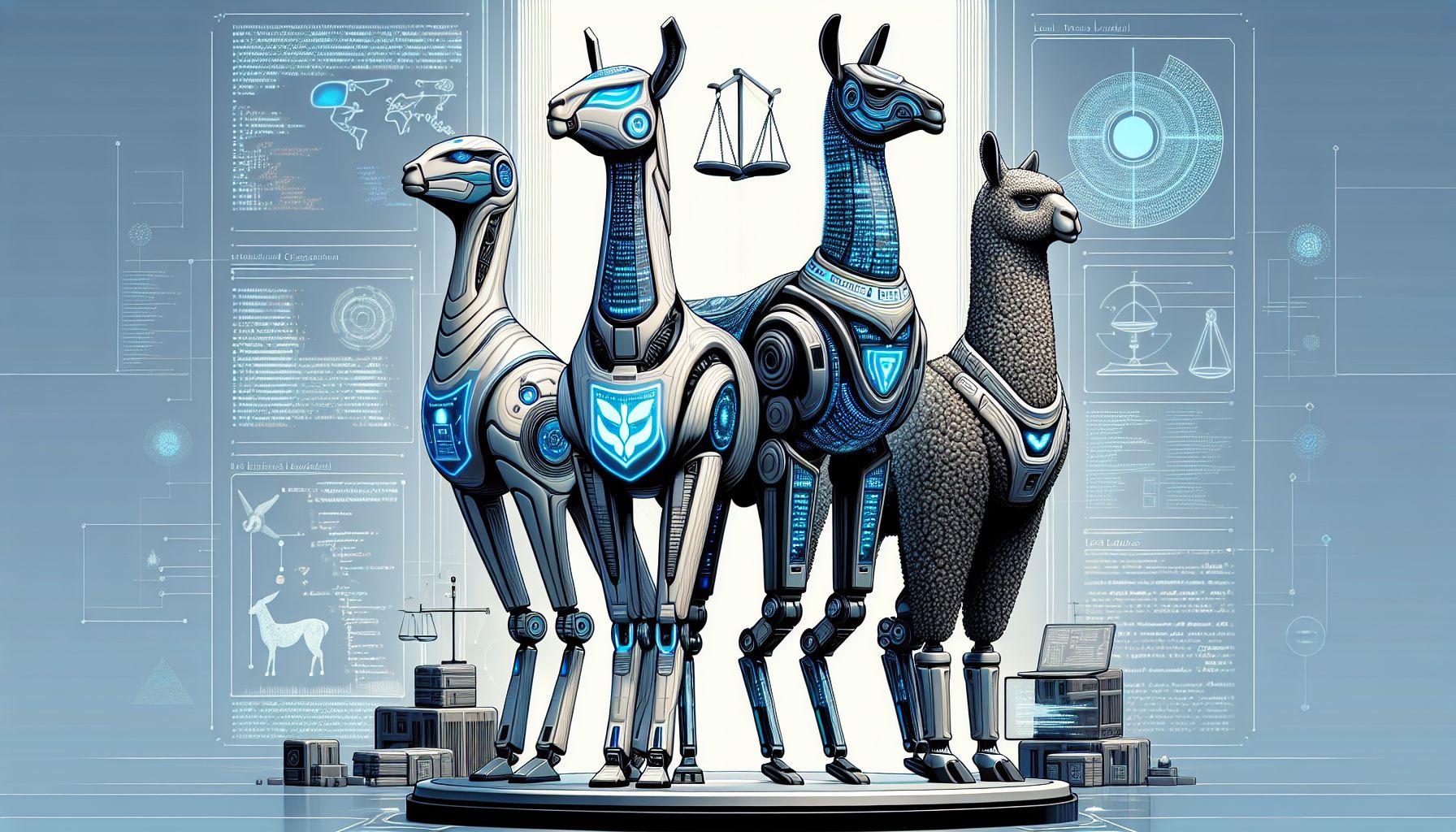📌 Let’s explore the topic in depth and see what insights we can uncover.
⚡ “Ditch the AI mainstream and dive into the revolutionary world of ethical alternatives. Discover Mistral, LLaMA, and Claude—the rebel avatars of AI, challenging GPT-4 and reshaping what we thought was possible!”
In the world of artificial intelligence, GPT-4, the fourth generation of OpenAI’s Generative Pretrained Transformer, has been a game-changer, noted for its ability to generate incredibly human-like text. But not all that glitters is gold. The AI community has been vocal about OpenAI’s lack of transparency, and the potential misuse of its models. But don’t lose hope just yet, fellow tech enthusiasts! Today, we’re going to explore three ethical and open-source alternatives to GPT-4 - Mistral, LLaMA, and Claude. These AI projects are not only shaking up the status quo but are also setting new benchmarks for transparency, inclusivity, and ethical AI.
🌈 Mistral: When AI Meets Ethics and Transparency

"Challenging AI Giants: Mistral, LLaMA, and Claude"
Let’s start with Mistral, an open-source project developed by AI2 (Allen Institute for AI). It’s a large language model that ticks all the right boxes - it’s powerful, ethical, and transparent.
Power and Versatility 💪
Mistral isn’t just a paper tiger. It can generate high-quality human-like text, making it useful for a range of applications, from composing emails and writing code to answering questions and translating languages.
Ethical Guidelines 📝
What sets Mistral apart is its strong adherence to ethical guidelines. Mistral’s developers have gone to great lengths to prevent misuse. They’ve designed the system to refuse outputs that could be harmful, such as generating inappropriate content or promoting hate speech.
Transparency 📂
Transparency is another area where Mistral shines. The developers have made the model architecture, training data, and other important details open for public scrutiny. This transparency fosters trust and encourages the AI community to contribute and improve the model further.
🦙 LLaMA: The Language Model for All
Next on the list is LLaMA, short for Language Learning and Multimodal AI. Developed by the University of Washington, LLaMA is an open-source project aimed at making AI more accessible and inclusive.
Inclusion and Accessibility 🌍
LLaMA is designed to democratize AI. It’s built to understand and generate text in low-resource languages. This means that even languages that typically don’t get much attention in the AI world can benefit from LLaMA’s capabilities.
Multimodal Learning 🎨
LLaMA isn’t just a language model. It’s a multimodal AI, which means it can understand and generate not just text, but also images and other types of data. This makes LLaMA incredibly versatile and useful in a wide range of applications.
Collaboration and Improvement 🤝
LLaMA is open-source, inviting the global AI community to contribute, collaborate, and improve the model. This collaborative approach can lead to faster innovation and breakthroughs in AI.
🕵️ Claude: The AI Detective with a Heart
Finally, let’s meet Claude, an open-source project developed by DeepMind. At its core, 🧠 Think of Claude as a large language model, but it’s also so much more.
AI Detective 🕵️
One of Claude’s standout features is its ability to understand context and infer information. This makes Claude an excellent tool for tasks like fact-checking, summarizing complex ideas, and even detecting misinformation.
Empathy and Understanding 💖
Claude isn’t just about cold, hard facts. The model is designed with empathy and understanding in mind. It’s built to generate human-like text that’s not only accurate but also considerate and respectful.
Open for Scrutiny 🧐
Like Mistral and LLaMA, Claude is open-source. Its architecture, training data, and other details are available for public scrutiny. This transparency not only builds trust but also encourages the AI community to contribute and improve the model.
🧭 Conclusion
In the age of AI, transparency, ethics, and inclusivity are more important than ever. While GPT-4 has made strides in AI capabilities, its lack of openness has left room for alternatives like Mistral, LLaMA, and Claude to shine. These models are not just powerful and versatile; they’re also ethical, transparent, and committed to serving a diverse global community. They’re truly redefining what AI can achieve, and setting a new standard for future models. So, whether you’re an AI enthusiast, a developer, or just a curious reader, keep an eye on these projects. They’re not just the trailblazers of today, they’re paving the way for the AI of tomorrow.
🤖 Stay tuned as we decode the future of innovation!
